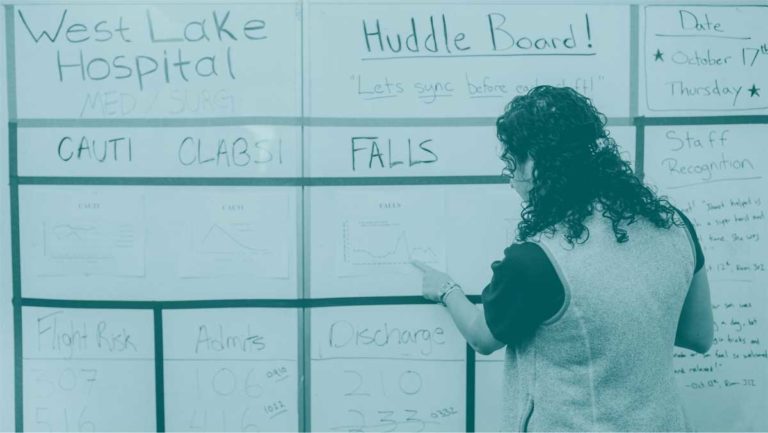It was a normal shift until, as we nurses say, the “bus unloaded”. The House Supervisor notified our department that we would be getting three more patients in the coming hours. Each of us on the unit was at our maximum patient load of four, so additional resources would be needed. As the first patient was sent our way from the ED, the Staffing Department began reaching out to off-duty nurses who could come in to help with the surge.
All three patients arrived, but reinforcements never came.
Short-staffed shifts are not uncommon. They happen in nearly every department of every hospital. Even long-term care, clinics, and stand-alone facilities experience spikes in census (the number of patients at a given time) without enough staff on hand. While many factors cause shifts to be shorthanded, the burden ultimately falls on nurses. No medical professional should ever have to choose between their own health and providing basic patient care.
“No medical professional should ever have to choose between their own health and providing basic patient care.”
A brief background on staffing ratios:
- Nurses generally have a maximum number of patients they can care for during a shift; this number differs based on the type of care or facility
- ICU nurses take care of one patient at a time for a 1:1 ratio
- Standard medical floors cap out at 4:1
- In long term care settings, the max can be as high as 24:1
These ceilings exist to protect patients and nurses. Expecting nurses to care for a patient load above their maximum is not only unacceptable, it is dangerous. Yet, it happens every day around the world.
What a normal nursing shift looks like from the inside: You have 4 patients, each with meds due at 0800 and some at 0900. Chart every 4 hours plus updates. The IV bag you hung in room 304 will be done at 1000. Answer call lights. Your patient in 307 must be at therapy by 0830. Sign up for a lunch slot. The family member in room 306 has concerns about the patient’s health trajectory, requiring education and patience to avoid panic. Pee… later. The patient in 305 has new orders to process from their doctor. Draw labs. Don’t forget rounds with the doctor. Not all patients have been turned to their other side. There are pain meds due now. Get your 15 minute break. Fix the label printer because it broke again. Pee. Another IV pump is beeping.
A nurse’s shift is 100% dedicated to their patient load. Providing care to even one additional patient is only possible by sacrificing your personal breaks and your body.
How are patients affected by short-staffing? Their call light takes longer to be answered. Their pain meds are late. Questions go unanswered. They are late to therapy. IV pumps beep endlessly. Patients know when their care is not adequate, and they hit back where it hurts administrators the most: patient care ratings.
“Patients know when their care is not adequate, and they hit back where it hurts administrators the most: patient care ratings.”
Patient care ratings directly influence a facility’s potential to draw and retain business. If improving the patient experience is the goal, real change begins when short-staffing ends.
Short-staffing is an industry-wide epidemic and the truth is that hospitals have no idea how to solve the issue. States like California have enacted strict safe-staffing levels, but a solution requires more than just legislation. Current contingent labor models are not designed to react quickly in bolstering staffing levels when the “bus unloads”. Products like Nursegrid Manager exist to bridge the gap between available staff and open shifts, but every technology requires full buy-in and adoption.
At the end of the day, there just aren’t enough nurses to care for our aging population, and expecting the existing workforce to absorb the shortfall at the cost of their health and sanity is not sustainable. Nurses are burning out at a faster rate than ever before. Change is urgently needed before our overworked, under-supported nurses turn the nursing shortage into a crisis.
